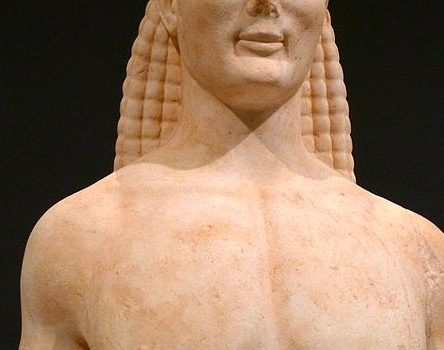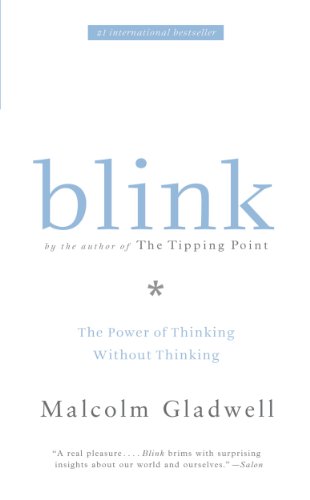

This article is an excerpt from the Shortform summary of "Blink" by Malcolm Gladwell. Shortform has the world's best summaries of books you should be reading.
Like this article? Sign up for a free trial here .
What was the Getty kouros? Why is the Getty kouros so controversial? And, most importantly, is the Getty kouros statue real or fake?
The Getty Kouros is a statue of a nude male, which the Getty Museum in California bought in 1983. Keep reading for the story of how the museum acquired the Getty kouros and the subsequent heated debate over its authenticity.
In 1983, the Getty Museum in California purchased a statue known as a kouros, an ancient, rare sculpture of a nude male with his arms at his sides and his left leg in front. The seller claimed the Getty kouros was from the sixth century BC, and had the paperwork to prove it.
A geologist used high-tech science to determine that the dolomite marble of the Getty kouros came from an ancient Thasos quarry. The Getty’s legal team confirmed the Getty kouros’ authenticity. The museum purchased the statue for just under $10 million.
However, many art experts weren’t convinced of the Getty kouros’ authenticity. Worse, they couldn’t explain why they weren’t convinced. But they knew, within seconds of seeing it, that it just didn’t look right.
One expert couldn’t stop looking at the Getty kouros’ fingernails, but couldn’t figure out what about them bothered him. Another felt the Getty kouros looked “fresh” rather than ancient, but couldn’t pinpoint why. A third was just repulsed by the statue.
The Getty’s purchase was a fake. After closer examination, the paperwork used by the lawyers to trace the Getty kouros’ provenance turned out to be forged. Another red flag was that the Getty kouros was a pastiche of different styles. It didn’t fit in with kouroi from any particular region. Further, the museum staff found that their kouros resembled a Swiss kouros that had been traced to a forger in Rome. Finally, the geologist’s technical analysis fell apart when another geologist showed how you can “age” marble using potato mold.
Many people had had an inkling that something was off about the Getty kouros. Sometimes, the unconscious mind does a better job than the conscious mind of making decisions.
The Getty pitted their conscious decision making against the intuitive reactions of experts. In this case, intuition won, hands down. Art experts knew the Getty kouros was a fake. Their unconscious minds made this decision. Their inability to explain this decision did not make them wrong.
We’ve been taught that our decisions are sounder if a lot of time and effort have gone into making them. But there are benefits to snap judgments, as shown in the case of the Getty kouros.
Unconscious Thinking (variously known as the adaptive unconscious, intuition, and making snap judgments) is when we make decisions without understanding why, or even realizing we’ve made them. This process is quick, and it was the process used by experts who doubted the authenticity of the Getty kouros.
The Benefits of Snap Judgments in the Case of the Getty Kouros
The experts who questioned the authenticity of the Getty kouros used snap judgments. Snap judgments have two things going for them.
1) They thin-slice: Our unconscious minds “thin-slice,” or find patterns in situations based on thin slices of experience. Experts thin-sliced as they gazed at the Getty kouros and unconsciously found patterns that were inconsistent with other kouroi.
Snap judgments don’t require a lot of information. When we thin-slice, our unconscious picks out the information that is relevant and leaves the rest. This allows us to ignore distracting, superficial details and get to the heart of a problem or choice. The experts didn’t need information about the provenance of the Getty kouros. They didn’t need to know what the Getty kouros was made of. They had all the information they needed just by looking at the Getty kouros.
2) They work unconsciously and quickly: The unconscious mind processes little bits of information and makes decisions about them all the time, without our being aware of it. This frees up the conscious mind to focus on tasks that only it can complete, like those involving logic.
Experts knew immediately that something was off about the Getty kouros. They trusted their guts and were right. The Getty kouros is a fake.
———End of Preview———

Like what you just read? Read the rest of the world's best summary of "Blink" at Shortform . Learn the book's critical concepts in 20 minutes or less .
Here's what you'll find in our full Blink summary :
- How you can tell if a marriage will fail, within 3 minutes
- Why your first impressions are usually surprisingly accurate
- The dark side to making first impressions, and how to avoid the,






